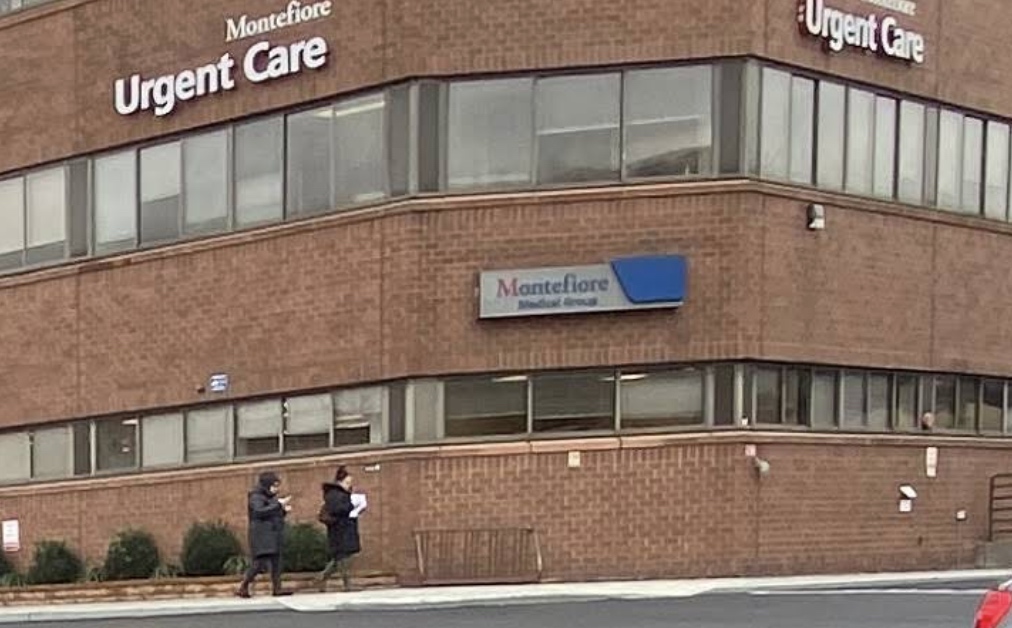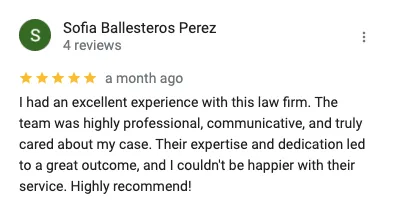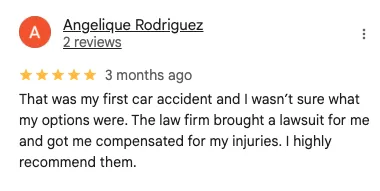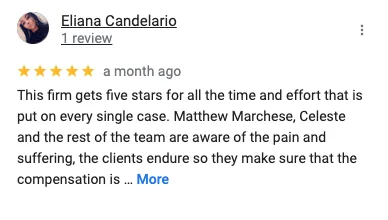Just saying you were in pain after a crash isn’t enough. Insurers — especially Uber’s, Lyft’s, and major commercial carriers — are trained to separate real trauma from general soreness.
If your urgent care visit just says “neck pain” or “back strain,” they’ll argue that:
-You weren’t injured in the crash
-You had a pre-existing issue
-The pain was everyday wear and tear
-Or worse: you’re exaggerating for money
To stop that, you need to build proof into your treatment trail — starting from the urgent care visit forward. Here’s how:
✅ A. Get a Clear Mechanism of Injury on Record
Professional Insight:
The “mechanism of injury” is the medical term for what caused the damage. For car crashes, this includes:
-Direction of impact (rear-end, side swipe, head-on)
-Position in the vehicle (driver, front passenger, back seat)
-Seatbelt use
-Body motion (head whipped forward, knee slammed into dash, shoulder jerked)
If none of this is in your record, insurers say: “Neck pain could’ve been from sleeping wrong.”
Urgent care doctors don’t always ask these questions. You have to volunteer this information. If you were in a crash, say so — and describe how your body moved when it happened.
Real-World Bronx Example:
A woman heading home in an Uber through Parkchester gets hit from the right side. She’s sitting in the rear passenger seat. At CityMD, she tells the doctor she has neck pain — but doesn’t describe the impact. The note just says “muscle tightness.” Uber’s insurer offers $500. Only after a chiropractor documents: “rear passenger, side impact, cervical hyperflexion” — does the case get revalued as a trauma-based claim.
✅ B. Link Specific Symptoms to the Crash Timeline
Professional Insight:
Insurers scrutinize the timing of your symptoms. If your pain showed up days later, or worsened over time, they’ll argue it wasn’t caused by the crash. The key is to document:
-When the pain started (same day, next morning, etc.)
-What body parts hurt first
-How the pain progressed (stiffness → burning → loss of motion)
-When you couldn’t work, sleep, or do normal tasks
Even if your first visit is to urgent care, the notes need to show that your symptoms followed a classic crash pattern. Otherwise, insurers say it was unrelated or “self-resolving.”
Real-World Bronx Example:
A 40-year-old food vendor is hit by a rideshare near Kingsbridge Road. He walks into urgent care the next morning, complaining of “back pain.” The note says: “No weakness, alert, stable.” Three weeks later, his MRI shows nerve root inflammation. Uber’s insurer denies the connection — “Too much time passed.” It isn’t until his physical therapist logs the progression (pain → numbness → foot drop) that the timeline becomes credible enough to recover full benefits.
✅ C. Use Diagnostic Imaging to Validate Pain
Professional Insight:
Insurers don’t believe pain unless it’s supported by diagnostic proof. That means:
-MRI (gold standard for soft tissue injury)
-X-ray (to rule out fracture or spinal alignment issues)
-EMG/NCV (for nerve damage or weakness)
-Ultrasound (for ligament, shoulder, or knee issues)
Urgent care centers usually don’t perform imaging onsite. But they can (and should) order it. If they don’t, ask for it — or follow up within a week with a specialist.
The longer you wait, the harder it becomes to prove the injury was caused by the crash.
Real-World Bronx Example:
A young man gets clipped by a turning Uber near Fordham Plaza while riding a Citi Bike. He goes to urgent care, gets ibuprofen, and leaves. No imaging. Two months later, he still can’t turn his neck. He finally gets an MRI that shows a herniated disc. The insurer calls it a “degenerative finding.” If the imaging was done within 10 days of the crash, it would’ve shown post-traumatic inflammation — making the link clear. Delay cost him leverage.
✅ D. Avoid Gaps in Treatment — Even Small Ones
Professional Insight:
Once you start treatment — PT, chiro, ortho, etc. — insurers expect consistent follow-up. If you go 2–3 weeks without treatment, they call it a “gap in care.” Their argument:
“If the person was hurt, they would’ve kept showing up.”
Gaps can happen for real reasons — you’re sick, out of town, or just trying to power through — but adjusters see them as red flags. They’ll reduce settlement offers or challenge causation.
Real World-Bronx Reality:
Many clients miss appointments because of work, family, or transportation issues — especially in neighborhoods where Access-A-Ride or ambulettes are hard to schedule. That’s understandable — but it has to be documented.
Real-World Bronx Example:
A single mother in Soundview goes to urgent care after a crash and starts PT. Then her childcare falls through, and she misses 3 weeks of follow-up. Uber’s insurance slashes the value of her case. Her provider writes a letter explaining the gap — and includes calendar records and rescheduled appointments. That letter brings the offer back up, but she almost lost half the value of her claim because of a normal life event.






